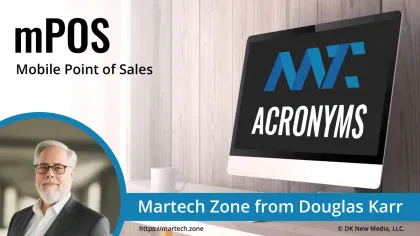
Hardware and software systems that enable businesses to accept payments and process transactions using mobile devices such as smartphones or tablets. Unlike traditional POS systems which are fixed terminals (usually connected to a cash register), an mPOS solution allows sales associates or staff to move freely around a store, restaurant, event, or venue — processing payments directly with the customer wherever they are.
How mPOS Works
An mPOS system typically relies on a mobile device paired with a card reader or payment terminal. The device connects to cloud-based POS software that handles transaction processing, inventory management, receipt generation, and reporting. Payments can be processed through credit cards, debit cards, digital wallets (like Apple Pay or Google Pay), QR codes, and even contactless NFC.
Benefits of mPOS
Businesses adopt mPOS systems for flexibility, speed, and lower upfront costs than traditional POS terminals. They are especially popular in retail, hospitality, food service, event ticketing, delivery services, and outdoor markets. Key advantages include:
- Faster checkout and shorter lines.
- Mobility for sales staff and service teams.
- Easy integration with inventory and CRM systems.
- Support for modern payment methods.
- Scalability for pop-up shops, seasonal events, or large retail floors.
Common Use Cases
- Retail associates checking out customers anywhere on the sales floor.
- Restaurants accepting payments at the table.
- Event vendors processing ticket or merchandise sales onsite.
- Food trucks and farmers markets accepting card payments.
- Delivery drivers collecting payments at the door.
mPOS is increasingly viewed as essential for customer experience-driven businesses looking to increase convenience, speed, and personalization at the point of purchase.